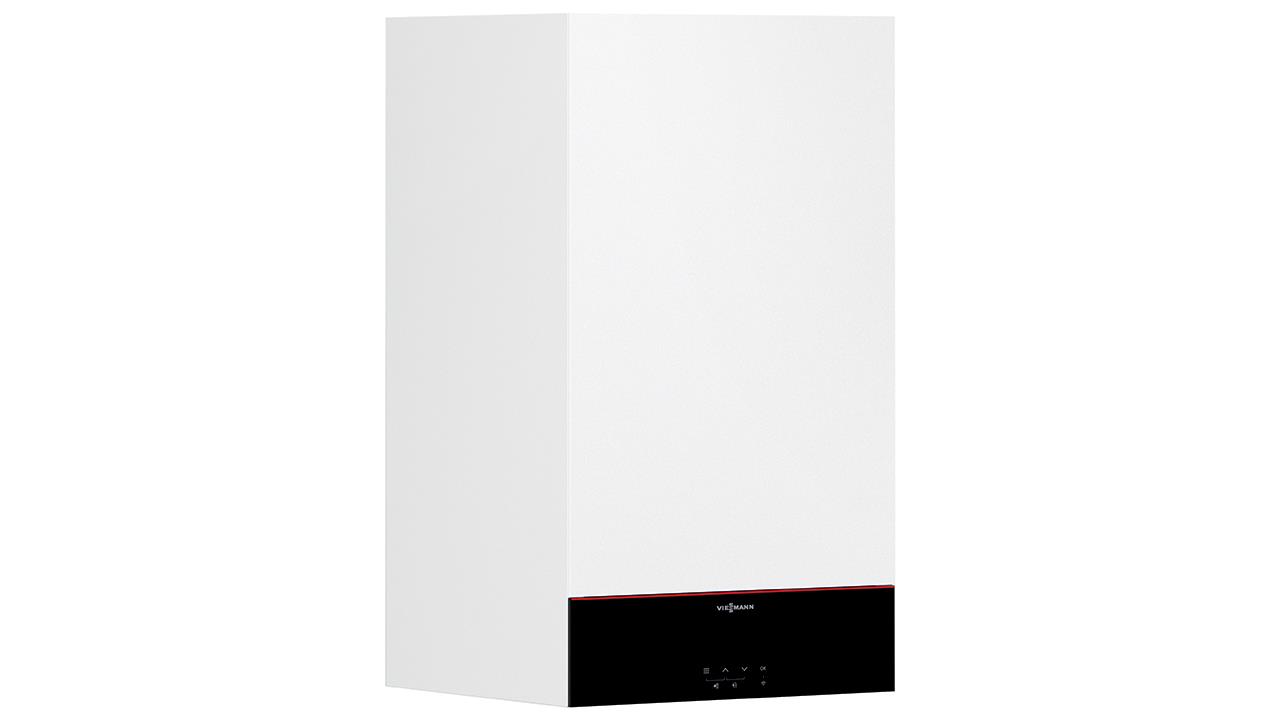

Talk of net-zero carbon is escalating. A recent UN report on climate change and the build up to COP26 in November have created a renewed and heightened sense of urgency around decarbonisation.
Put simply, if we do not succeed in decarbonising heat, these goals will not have a chance of being met. The solution will be multi-faceted. While electrification tends to dominate, hydrogen can and should occupy a greater share of the discussion.
One idea floated in the UK is to incorporate a 20% mix of hydrogen into the gas grid.
If this blend was rolled out across the country, it could save around six million tonnes of carbon dioxide emissions every year – the equivalent of taking 2.5 million cars off the road.
It also represents an important stepping stone in the decarbonisation process. The familiar boiler could remain and consumers would not face drastic changes. A 20% hydrogen blend could potentially open the door to greater use of hydrogen – perhaps even up to 100% of the fuel provision in the network – and kickstart a low carbon hydrogen economy in the UK.
The boiler problem
The current debate is therefore focusing on making boilers hydrogen or H2-ready. Some manufacturers, including Viessmann, have been quick to announce the readiness of their products when the government finally sources the hydrogen required. Yet the official definition of H2-ready has the potential to cause issues.
According to the Heating and Hotwater Industry Council (HHIC), an H2-ready boiler is one that must be easily convertible to run on 100% hydrogen, with a conversion cost of around £100 to keep consumer costs down.
There is, however, currently no stipulation surrounding readiness for a 20% hydrogen mix. This is a problem, not least because the step to 20% would surely happen far sooner than any leap to a 100% hydrogen gas grid.
Is our boiler stock geared up for a 20% H2 blend in the near term? Promising news emerged out of a Keele University trial last year. The project, HyDeploy, tested existing boilers with a gas mix containing 20% hydrogen to assess their performance.
However, the study predominantly focused on safety. While this is a critical factor to consider when considering preparation for the arrival of hydrogen, there is a concern that boilers being simply able to ‘cope with’ a 20% H2 blend may be deemed sufficient.
Surely we should be investigating design factors that maintain optimal boiler performance when running on a new fuel blend, especially considering the boiler optimisation work that has evolved the efficiency of the modern gas-condensing boiler over the years.
What we have found is the potential for a 20% blend to reduce output by around 7%. Consistency of hot water supply is a particular concern, especially for combi boilers, which are typically sized for hot water output.
Smart combustion
Fortunately, automated boiler control technology can help handle a switch to a 20% hydrogen gas grid mix and ensure performance is optimised.
Automated boiler controls automatically adjust boiler settings to reduce energy consumption and emissions, and it is an innovation that we can expect to become more common as the transition takes place.
Specifically, these smart solutions can adjust the gas/air mixture feeding the combustion system to compensate for fluctuations in gas quality that may otherwise negatively affect a boiler’s efficiency and reliability. The self-calibrating Lambda Pro control combustion controller is one such product already available on the market today, fitted as standard into the majority of Viessmann’s domestic Vitodens boiler range.
The benefits of adopting smart combustion systems are many. For installers, it does not bring any additional technical requirements. An equipped boiler requires no costly conversion work when a hydrogen mix is eventually introduced.
For the end-user, it guarantees consistency of efficiency based on the gas mix, and that heat and hot water supply is always at peak levels. Furthermore, it will lead to prolonged boiler life due to a reduction in the wear and tear of parts, which in turn will save on maintenance work.
We anticipate this kind of smart combustion technology becoming more mainstream in the short to medium term.
This technology was introduced partly in response to existing fluctuations in the quality of natural gas, which can already be a blend from multiple sources, and is a necessary step if we are to truly benefit from the switch to a 20% hydrogen gas mix in the grid over the coming years.
If you'd like to keep up-to-date with the latest developments in the heating and plumbing industry, why not subscribe to our weekly newsletters? Just click the button below and you can ensure all the latest industry news and new product information lands in your inbox every week.